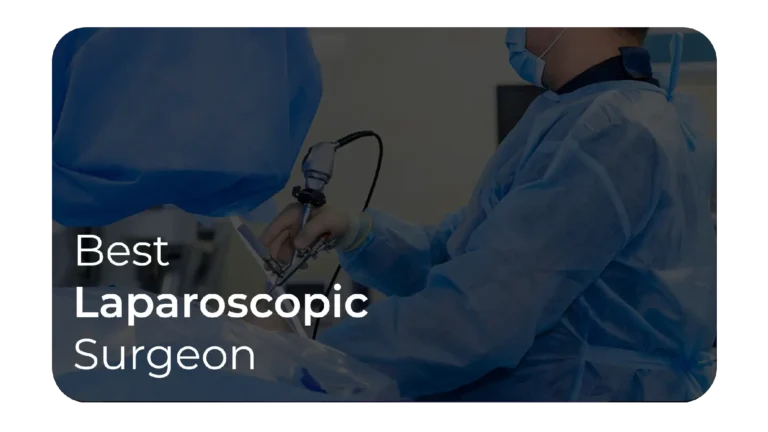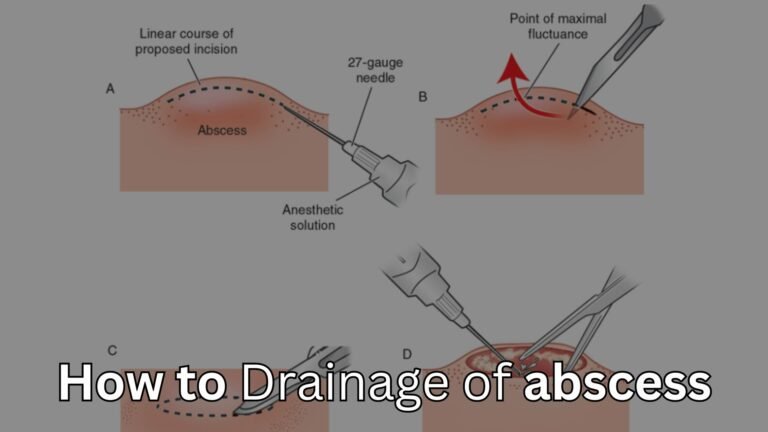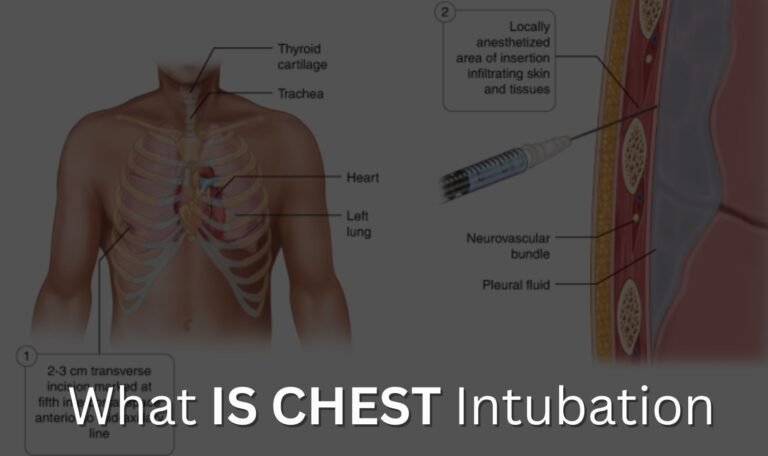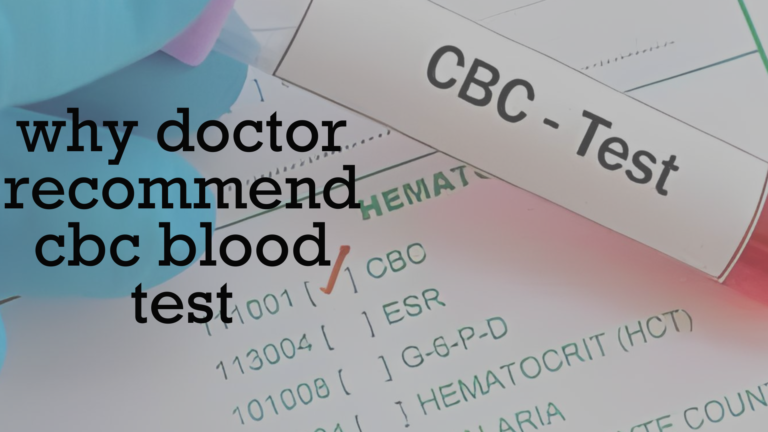Best way to removal of ganglion cyst
Ganglion Cyst
A ganglion cyst is a small, non-cancerous bump. It can appear on your joints or tendons, mostly on your hands or wrists, and sometimes on your ankles or feet. It is believed that some cysts may develop following an injury that causes a small tear in the tissue covering a tendon or joint. This leads to the formation of a sac filled with a jellylike fluid. This fluid is similar to the fluid that lubricates joints and tendons, known as synovial fluid. Most of the time, these cysts don’t hurt and you can just leave them alone. But if they start to press on nerves, they might cause some pain or tingling the doctor will remove the ganglion cysts. If they get in the way of moving your joints, a doctor might need to drain them or take them out with surgery. Ganglion cysts can cause discomfort and affect joint movement. They’re not related to any food habits and there’s no known way to prevent them. If you have a ganglion cyst, it’s best not to try popping it yourself; instead, let a healthcare provider take a look if it bothers you.
Causes
Ganglion cysts are noncancerous lumps, are thought to arise from a joint or the lining of a tendon. The exact cause of ganglion cysts is not fully understood. It’s like a little balloon filled with a jelly-like fluid. There are some factors that may increase the risk of developing ganglion cysts. It includes gender, with women being more likely to develop them, and conditions like osteoarthritis in the finger joints. Joints or tendons, previously injured may be more prone to developing these cysts.
Diagnosis
To diagnose a ganglion cysts:
- A doctor may press on the lump during an exam to check if it’s painful.
- They might shine a light on the lump to see whether it’s hard or has liquid inside.
- Tests like X-ray, ultrasound, or MRI can show more details about the lump and make sure it’s not something else like arthritis or a tumor.
- Taking out some fluid from the lump with a needle can help to confirm what it is. The fluid in this kind of lump, called a ganglion cyst, is usually thick and colorless.
Non-Surgical procedures to remove ganglion cyst
Surgery is often considered the final option for treating a ganglion cyst. Before choosing to surgically remove a cyst, your doctor will explore and talk about other possible treatments with you.
· Aspirition
When a doctor treats a ganglion cyst, they use a needle to take out the fluid inside it. Sometimes, they also put medicine into the spot where the cyst was, which can stop it from coming back. This process is not very complicated and helps get rid of the cyst.
· Wrist brace
Your doctor might suggest using a wrist support to keep the area with the cyst still. If the cyst moves too much, it can get bigger and hurt more. Wearing a support can help make the cyst smaller and reduce the pain by stopping it from pushing on the nerves nearby.
Surgical procedures to remove ganglion cyst
There are two forms of surgery to remove ganglion cysts:
· Open Incision
Open incision for removing a ganglion cyst involves the surgeon creating a small opening, roughly 2 inches in length, on the skin. Through this opening, the surgeon can access and take out the ganglion cyst. This procedure helps to relieve discomfort or mobility issues caused by the cyst.
· Arthroscopic Surgery
Another method to remove ganglion cysts is arthroscopic surgery. Arthroscopic surgery involves making tiny cuts to insert a small camera, called an arthroscope, into the body. This camera helps doctors see inside, for example, to look at a ganglion cyst, which is a small lump filled with fluid. The doctors then use other small tools that go through these cuts to take out the cyst. This method is often referred to as keyhole surgery because it’s done through such small openings, much like looking through a keyhole.










